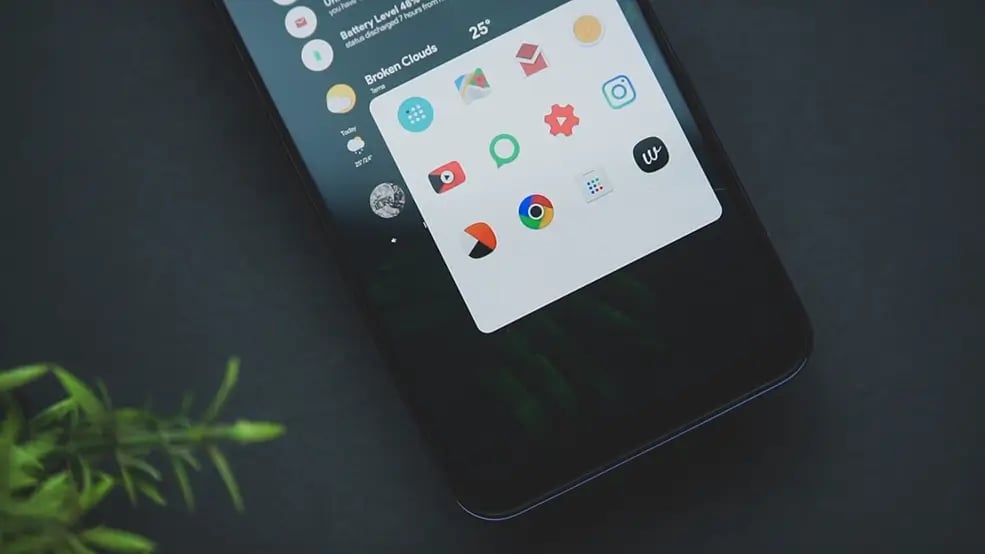
If you've ever used a computer, smartphone, or any other device with a digital interface, you've probably noticed that some are easier to use than others. Have you ever wondered why? It all comes down to intuitive interface design.
Think about iPhones. You know that the big green button with the phone symbol on it is the button you touch to make a phone call. The big green button with the chat box is where you go for your text messages. The big green button with a camcorder is where you go for FaceTime. That's an intuitive interface. You may not realize it, but choosing to make the text, voice, and video communications buttons all the same color is just as much part of an intuitive design as is the symbol reflected on the button.
Have you ever been to a website where you can't find the basic information you are searching for? That's.... the opposite of intuitive design. Ugh.
Fundamentals of Intuitive Design
Make it Easy
Good intuitive design provides visual cues that make it easy to understand what action each button does, as well as how to navigate the interface.
Make it Consistent
It should also be designed to be consistent so users know what to expect when they enter different pages or menus. This is not the time for scavenger hunts, no matter how fun they were when you were a kid.
Why is Intuitive Design Important for IT Security & Compliance?
Makes Work Faster
In addition to making the user experience more enjoyable, intuitive interface design is also important because it can help to reduce the amount of time it takes to complete a task. When people don't need to spend time trying to figure out how to use the interface, they can get to the task at hand more quickly.
Stay Compliant
Intuitive design helps companies stay compliant by making it easier for users to understand the requirements of a particular law or regulation. Effective visual design can help to communicate the key points of a regulation in an easy to understand way, while interactive elements can make it easy to collect and store data in the correct formats.
What Good is It if You Can’t Use It?
An intuitive interface is one where users can easily understand how to use the software without having to learn a long list of complicated rules and procedures. It’s also important that users have the ability to quickly find and use the features they need.
Examples by Industry
Non-Profits
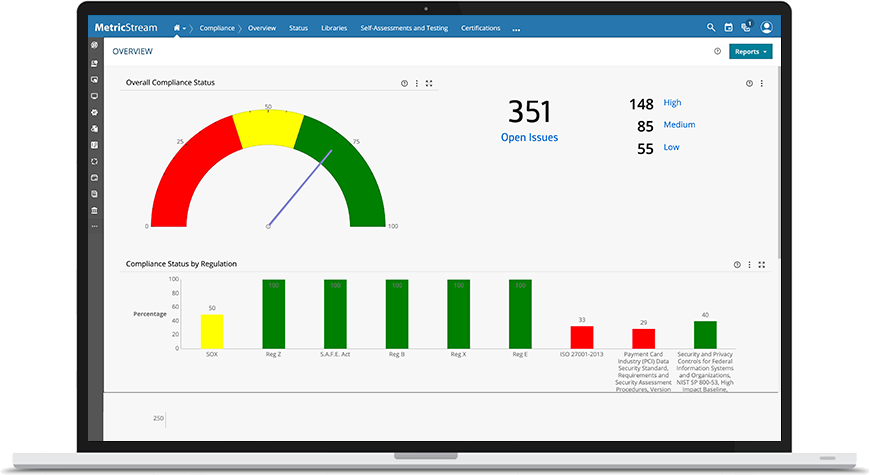 One example of how intuitive design helps a non-profit stay compliant is the use of a user-friendly automated compliance management system. This system can be used to track and monitor the organization's compliance with applicable regulations, laws, and policies. The system can also be used to generate compliance reports and alert staff to any potential compliance risks. Additionally, automated compliance management systems can be used to provide educational resources to staff, helping them to better understand their organization's compliance requirements.
One example of how intuitive design helps a non-profit stay compliant is the use of a user-friendly automated compliance management system. This system can be used to track and monitor the organization's compliance with applicable regulations, laws, and policies. The system can also be used to generate compliance reports and alert staff to any potential compliance risks. Additionally, automated compliance management systems can be used to provide educational resources to staff, helping them to better understand their organization's compliance requirements.
Financial Institutions
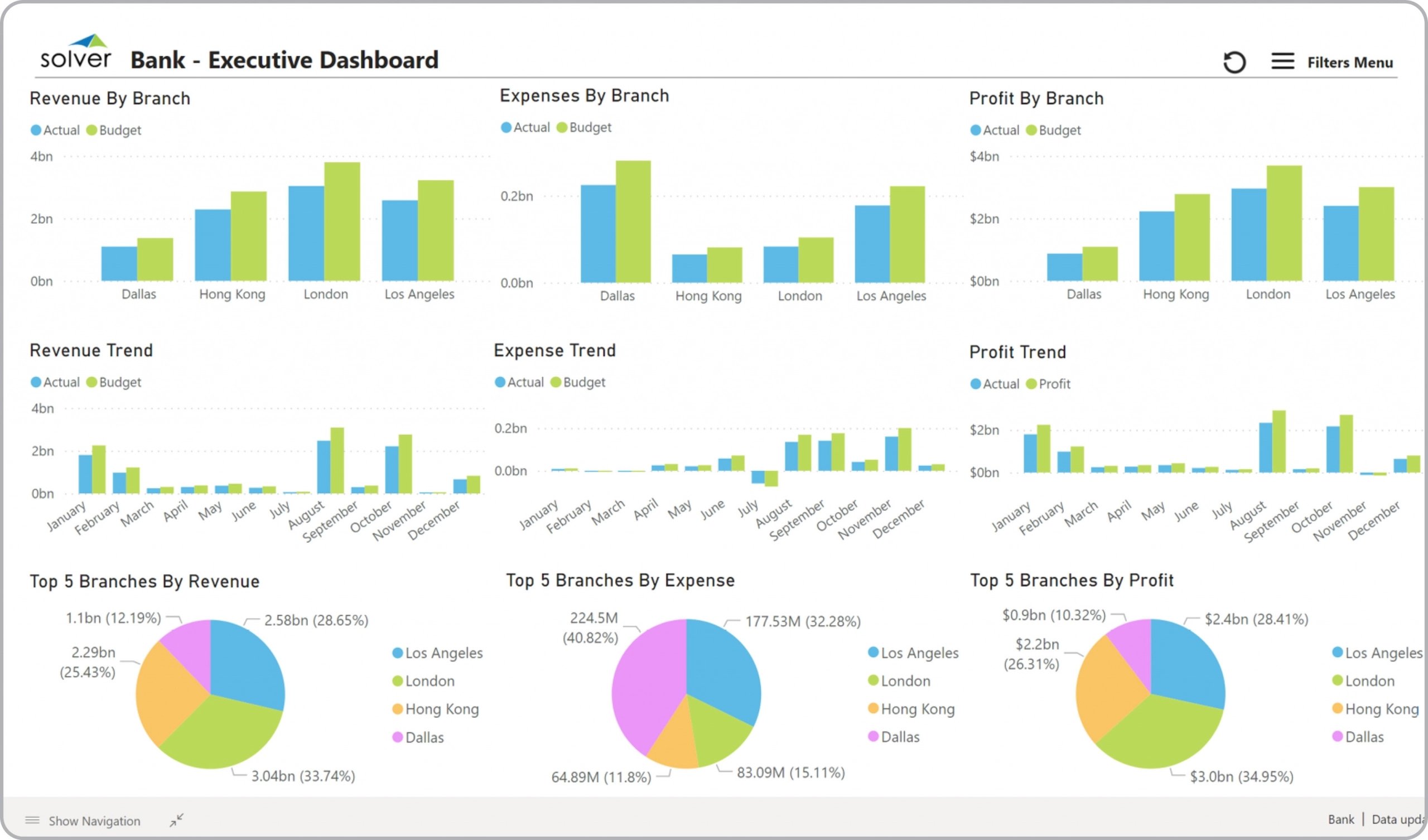 A robust dashboard helps a financial institution stay compliant by providing instant visibility into regulatory requirements and risk indicators. Dashboards can be customized to display key metrics from multiple sources such as internal processes and external sources. This allows financial institutions to quickly identify areas of non-compliance, track progress on corrective actions, and monitor any changes in applicable laws or regulations. Plus, dashboards can provide a way for you to compare performance to industry standards and ensure that your operations are in line with best practices.
A robust dashboard helps a financial institution stay compliant by providing instant visibility into regulatory requirements and risk indicators. Dashboards can be customized to display key metrics from multiple sources such as internal processes and external sources. This allows financial institutions to quickly identify areas of non-compliance, track progress on corrective actions, and monitor any changes in applicable laws or regulations. Plus, dashboards can provide a way for you to compare performance to industry standards and ensure that your operations are in line with best practices.
Law Offices
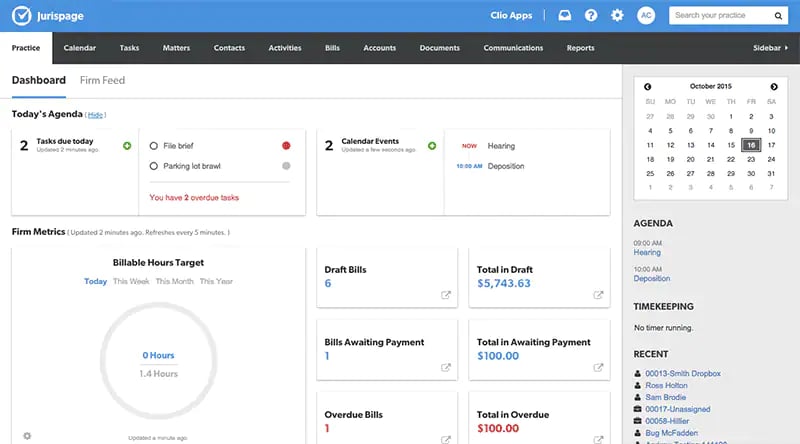 A digital case management system with user-friendly design is a great way for law offices to remain compliant. This system can be used to store and organize case documents and related information, helping the law office to quickly access and review documents as needed. Additionally, digital case management systems can be used to track case progress, generate reports, and alert staff to any potential compliance risks or issues. This ensures that the law office is always up to date on their cases and any potential compliance concerns.
A digital case management system with user-friendly design is a great way for law offices to remain compliant. This system can be used to store and organize case documents and related information, helping the law office to quickly access and review documents as needed. Additionally, digital case management systems can be used to track case progress, generate reports, and alert staff to any potential compliance risks or issues. This ensures that the law office is always up to date on their cases and any potential compliance concerns.
Ad Agencies
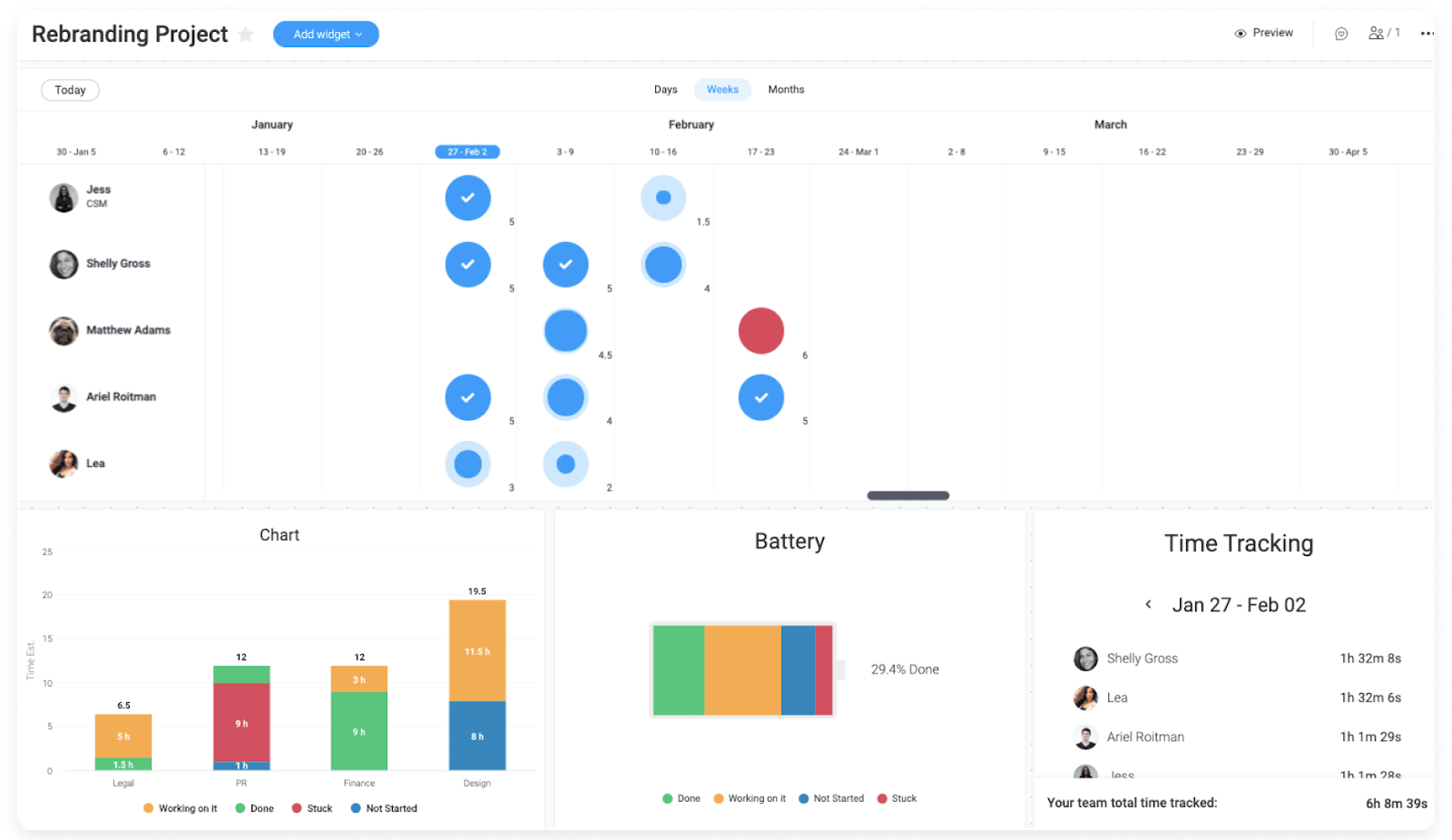 Data visualization tools are a popular choice for ad agencies, as they allow them to track and monitor the performance of their campaigns, ads, and other marketing efforts. This makes it easier to identify trends, compare performance across different campaigns, and identify any potential compliance risks or issues. Additionally, data visualization tools can be used to quickly access data and reports, helping ad agencies to more easily stay up to date on their performance and any potential compliance concerns.
Data visualization tools are a popular choice for ad agencies, as they allow them to track and monitor the performance of their campaigns, ads, and other marketing efforts. This makes it easier to identify trends, compare performance across different campaigns, and identify any potential compliance risks or issues. Additionally, data visualization tools can be used to quickly access data and reports, helping ad agencies to more easily stay up to date on their performance and any potential compliance concerns.
At the end of the day, intuitive interface design is all about making sure people can interact with their tech without any confusion or frustration. By making sure the software you choose to implement features design that is easy to use and understand, you can help to create a positive, compliant experience for your staff.
Learn more about compliance by scheduling a quick, no-obligation chat with Ripple today!
Ripple's IT Team
Don't Fall Behind!
Get the latest work-from-home and Humans First® IT tips straight to your inbox.
